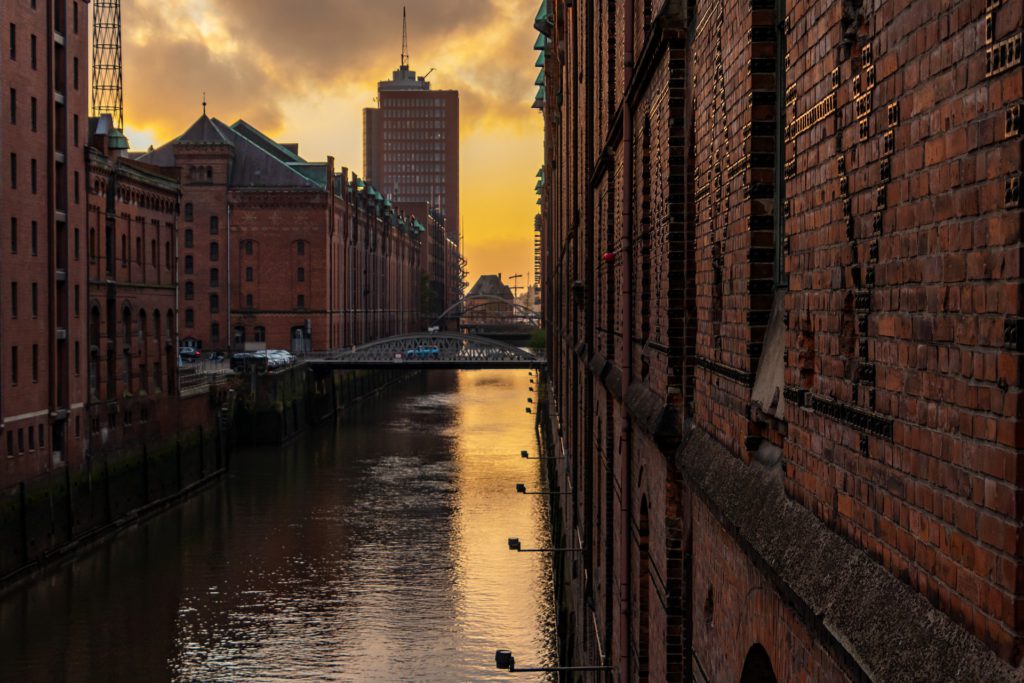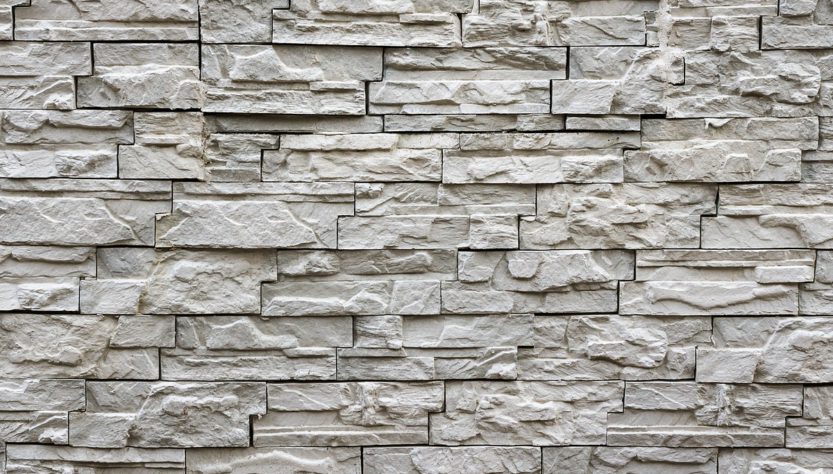Of course, if you’ve already decided to use handmade bricks in your build, be sure to check out our selection in the brick library. Some masons create innovative sizes and shapes for bricks used for plastering (and therefore invisible inside a building) where their intrinsic mechanical properties are more important than visual ones. However, the use of brick is still largely limited to small to medium buildings as steel and concrete remain the best materials for high rise buildings. Extruded bricks, also known as flush bricks, are made using a more modern brick manufacturing method.
The soft clay process creates an uneven texture of sand or water, giving the brick (only brick is made with this process) the look of handmade or antique brick. Hydraulic bricks are made in the same way as soft clay bricks, but no sand is used in the moulding process, only water, which means the surface of the brick is much less grainy. Wherever there is a specific historical or historic building that needs to be renovated, handmade bricks are used to faithfully reproduce the original appearance. One way to do this is to get handmade bricks suppliers that match the specifications of the original.
If you are demolishing the property and building a new one on the land, you can use bricks removed from the original buildings if you want to replicate the look or must do so due to planning conditions. Of course, the most obvious way to repurpose old bricks in your yard is to simply use them to build a new brick wall. Use your imagination and you will find that there is no limit to how you can use old bricks in your garden. So, if you want to decorate your yard with bricks but are running out of ideas, here are some creative ways to do it.
For example, you can make a brick spiral out of herbs that don’t take up much space and look pretty. Finally, bricks can also be used in a variety of whimsical and fun ways to create art for your garden. They can be used for a wide variety of building purposes and integrated into your garden design in many creative ways. They can be made to any size, colour, and shape requirement, making them easier to use than stone.
If the building uses imperial bricks, you can get handmade bricks in imperial dimensions. Or, if it’s a newer build but you want it to fit a certain local style, you can make it older but keep the metric dimensions. Best of all, although they may look old, you can still make them in metric sizes, ensuring your building is future-proof and efficient.
To make this process easier, our guide to brick types looks at the options available, their cost, and when to best use them to help guide you when buying bricks for your build. In this post, we’ll look at five creative DIY brick projects you can try using only vintage bricks.
Handmade bricks have stood the test of time and will continue to be used in fine buildings and homes for centuries to come. The process of making bricks by hand has changed little over the centuries and still uses traditional tools and techniques. Today, handmade bricks manufacturer typically use modern kilns that allow for greater brick texture. Brickwork reinforced with steel, which helps hold the masonry during earthquakes, has been used to replace unreinforced brick in many buildings.
Examples of the use of brick in buildings can be seen in colonial-era buildings and other notable structures throughout the country. Fired brick is one of the most durable and strong building materials, sometimes referred to as artificial stone, and has been in use since 4000 BC. O. Brick is a type of block that is used to build walls, floors, and other masonry elements. There are thousands of types of bricks named after their use, size, method of formation, origin, quality, texture and/or materials.

Recycled brick is one of many materials that can be used for this purpose. You can also use bricks to construct the structure of one of these spiral beds. Bricks can be used to build the pond edge before levelling the pond or simply placed along the edge of an existing pond as a decorative feature.
If you have a small corner you can work with outside of the house, or a space in the back garden, consider building a brick waterfall deck to add a street vibe and add an extra touch to the sidewalk. You can also create a simpler fire pit in a garden seating area or outdoor kitchen using old bricks to create a safe ring of fire. There are many different ways to build a brick fire pit, and one of the most popular (and probably easiest) options is to build a 36-inch round fire pit using commercial building bricks. The easiest way to make a brick patio is to use the sand backfill method, the details of which can be found below.
You will have to dig a bit to make room for the bricks, but in the long run, this will give your garden a smoother and more finished look. Walls with flowers or plants or barbecues in the garden. On the floor or floor, decorative tiles, brick with a flat and even face are recommended. Another way to use a handful of bricks is to use them as garden markers. Even better… add some colour to the mix, using different brick colours for interest.
The red shade of the bricks will instantly light up your garden, blending in perfectly with the greenery. There are many models in which bricks can be laid, but the most popular is the jack-on-jack model, in which one brick is placed directly on top of another, in neat rows. Many other popular patterns include the running tie pattern, in which the bricks are offset from row to row, the basketweave pattern, and the herringbone pattern.
The example appearing here is a brick sailor’s walkway with different colours for an appearance that matches the exterior materials used to build the house. The terracotta tiles are in use (restored), but the bricks that make up the edges of this English cottage home are new, but you never know by looking at them.
Wet or green tumbled bricks are bricks that are thrown off the ramp before firing while they are still damp, giving the brick a slightly handcrafted “no two are alike” look. Dry tumbled or rattling bricks are bricks that are thrown off a ramp after the firing process, giving the brick a weathered, old-world look with softer, rounded edges.
Soft mud or ordinary bricks will have a different texture depending on whether they were made using a sandblasting or hydroforming process. Bricks of the same colour can look noticeably different just by adding texture or by subjecting them to a different tumbling process.


